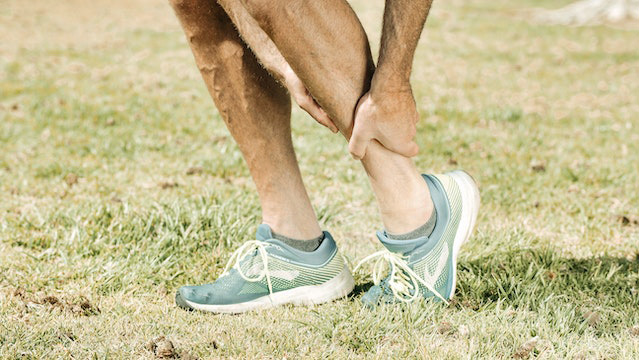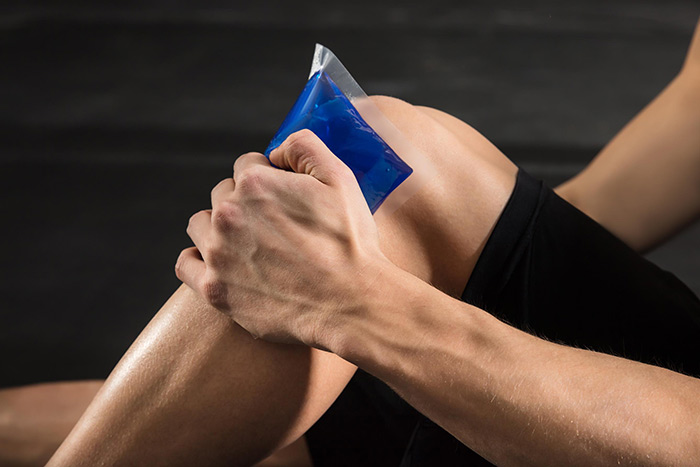Ligament Sprains
Ligament Sprain Treatments
We devise the best treatment for ligament sprains to get you back to your best!
Ligament Sprains
- The onset of a ligament sprain is usually a sudden sharp pain.
- Mechanism of injury will be stretching force to ligament (may be contact or non-contact)
- Signs and symptoms may include swelling and bruising (grade dependant), with local pain and tenderness. You may hear or feel a snap or stretch (usually with higher grade injury).


Grading of Ligament Sprains
Grade I
- A minor tear with little to no loss of ligament stability
- Ligament stability test will have normal firm end feel, but will reproduce pain
Grade II
- Partial disruption of ligament with some fibres torn completely
- Ligament stability test will have a stretchier end feel, but will reproduce pain and there will be some associated loss of stability at the affected joint
Grade III
- Complete muscle tear with associated loss of function
- Complete ligament rupture
- Ligament stability test will be loose and have no end feel
- The joint will be very unstable and painful, and usually requires surgical repair
Ligament Sprain Management
Acute – 0 to 3 Days
- RICE (rest, ice, compression, elevation).
- Early mobilisation to facilitate quicker repair of injury
- Physiotherapist may assist with taping for support and pain relief
Subacute – 3 to 5 Days
- Active treatment should be started gradually with range of motion exercises
- Gradually commence loaded muscle and dynamic training
- Once a ligament is damaged it is at more risk of injury from poor proprioception and balance. A physiotherapist can assist with a home exercise plan of proprioceptive retraining for spatial awareness and improving balance
- Physiotherapist can also treat with joint mobilisations to address stiffness in the injured ligament that may have developed


